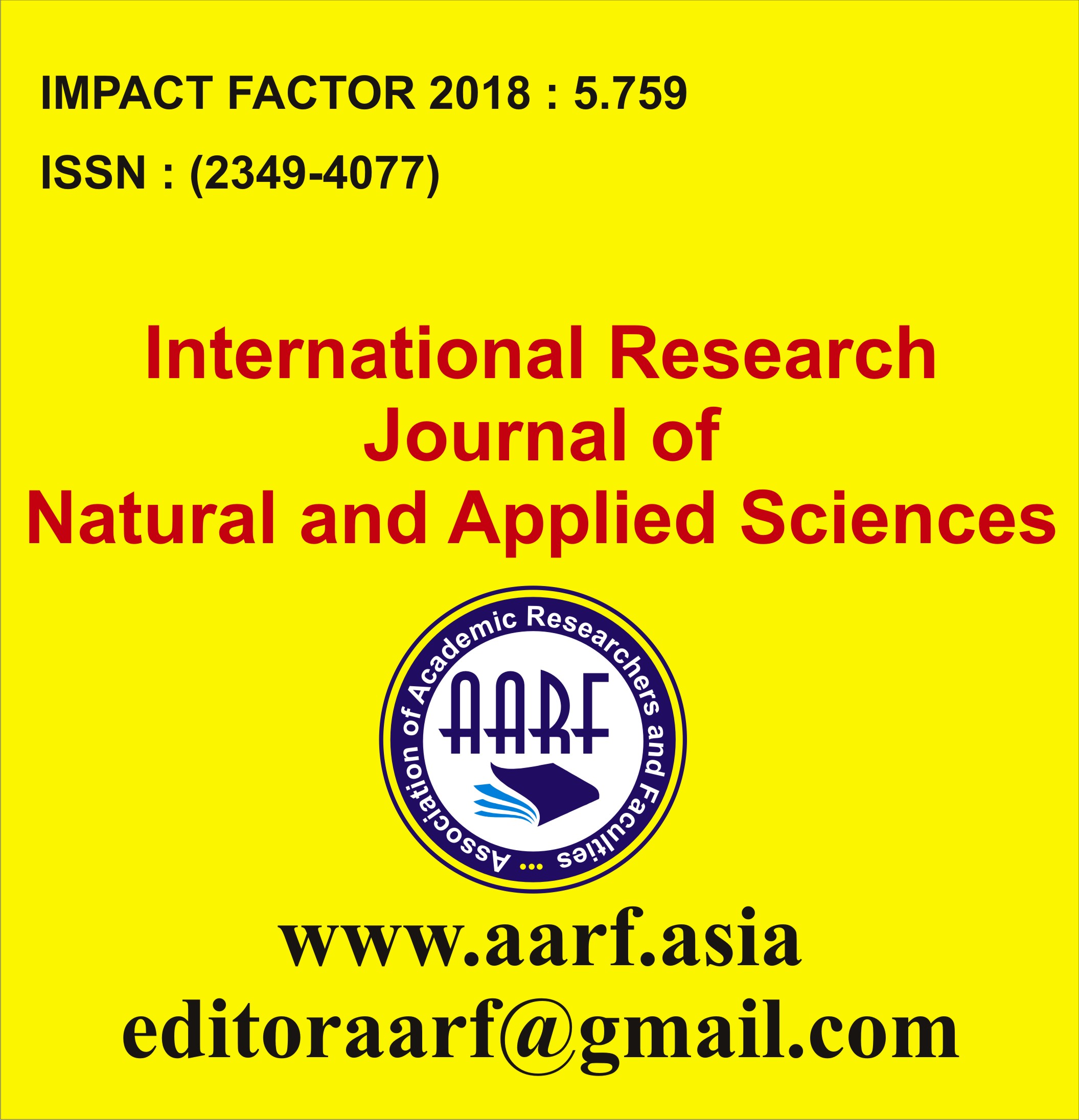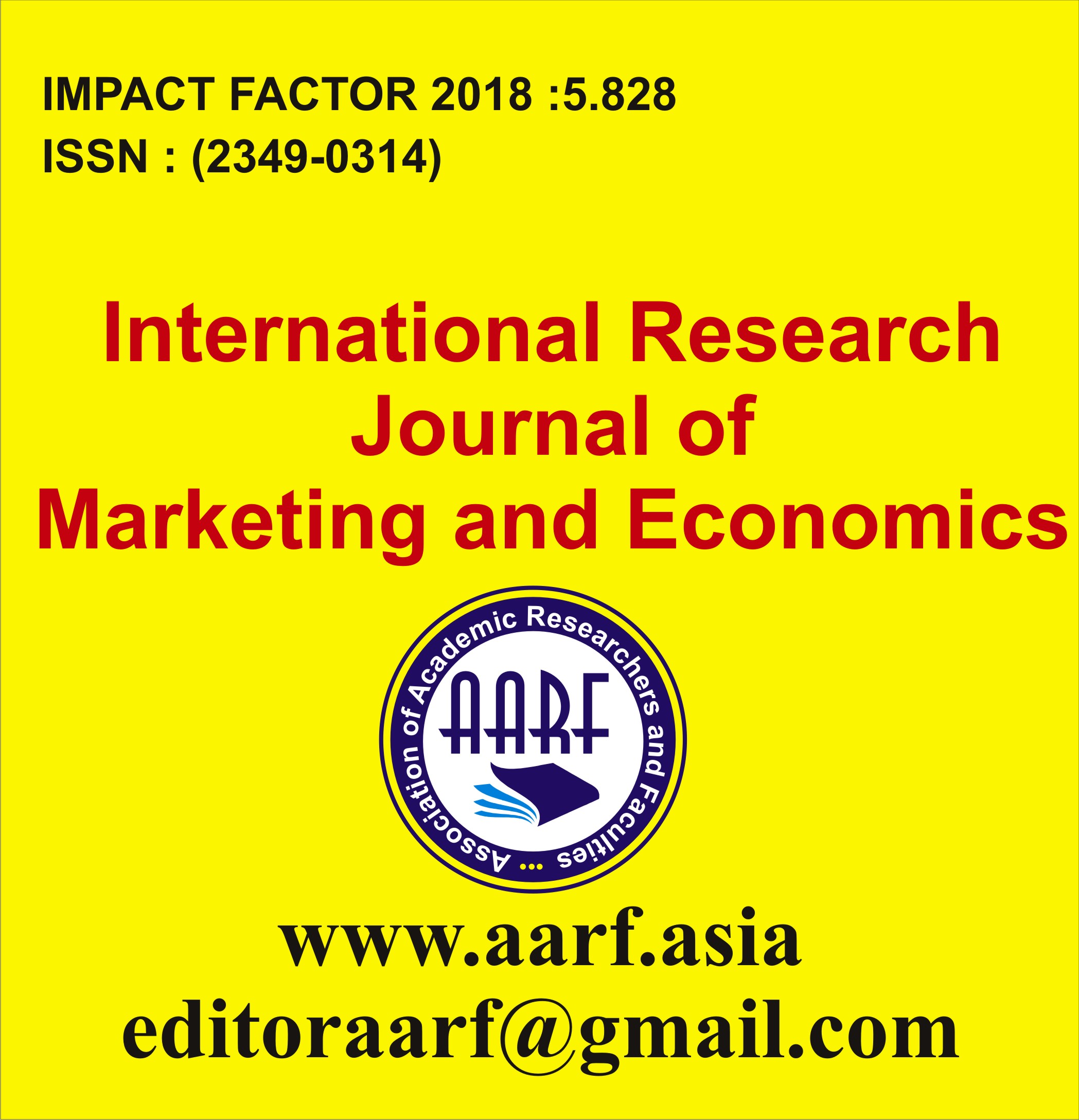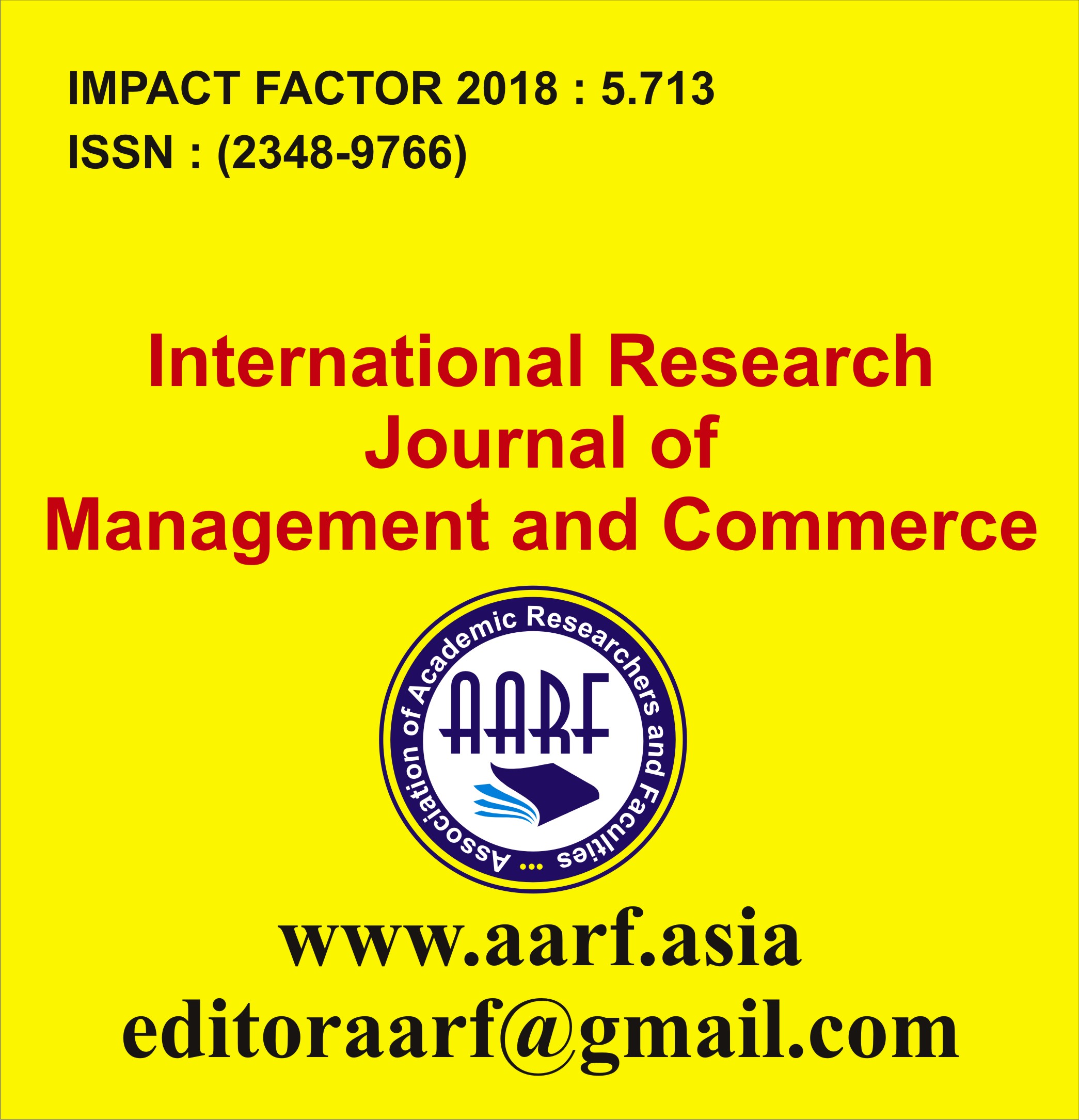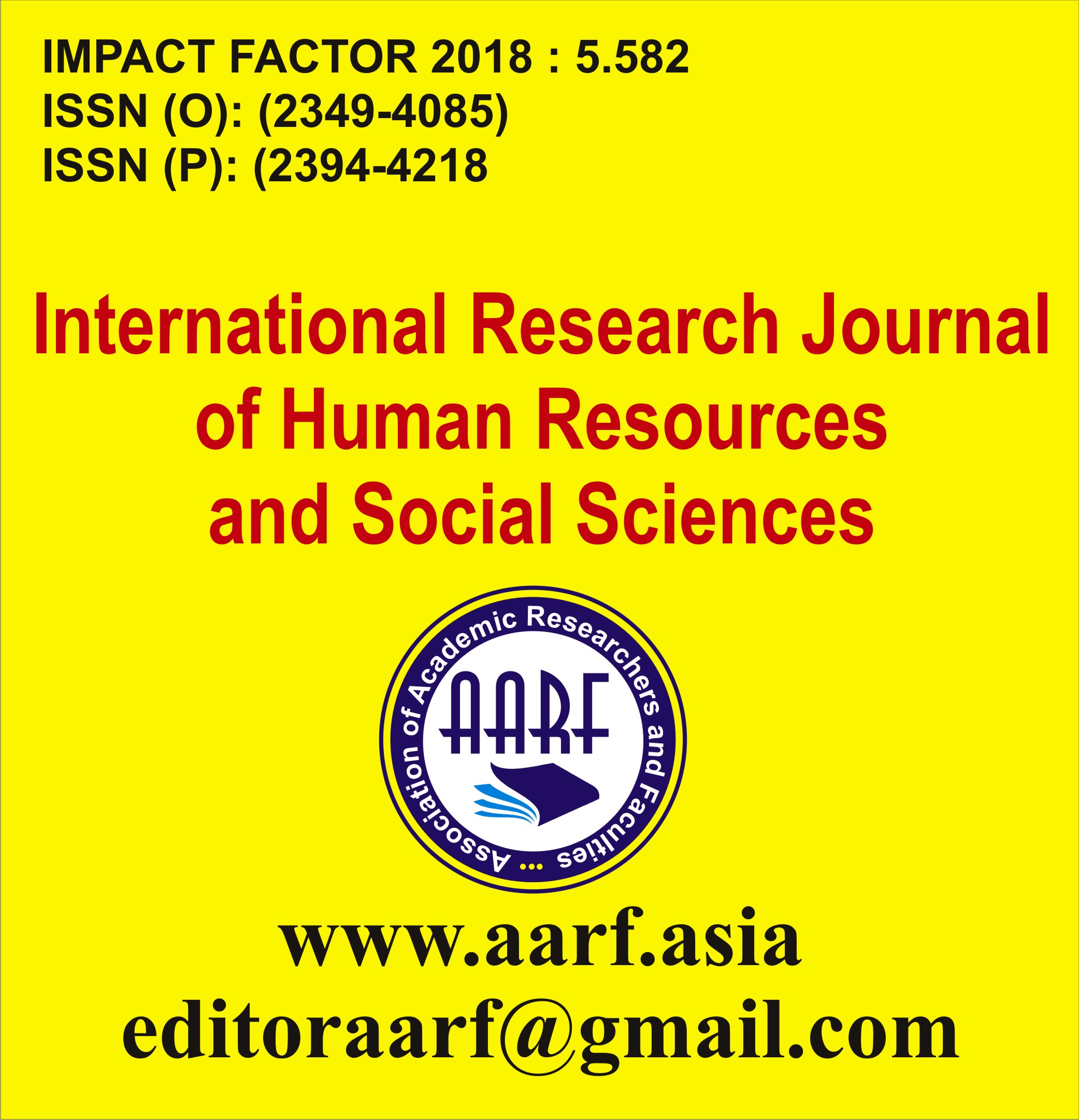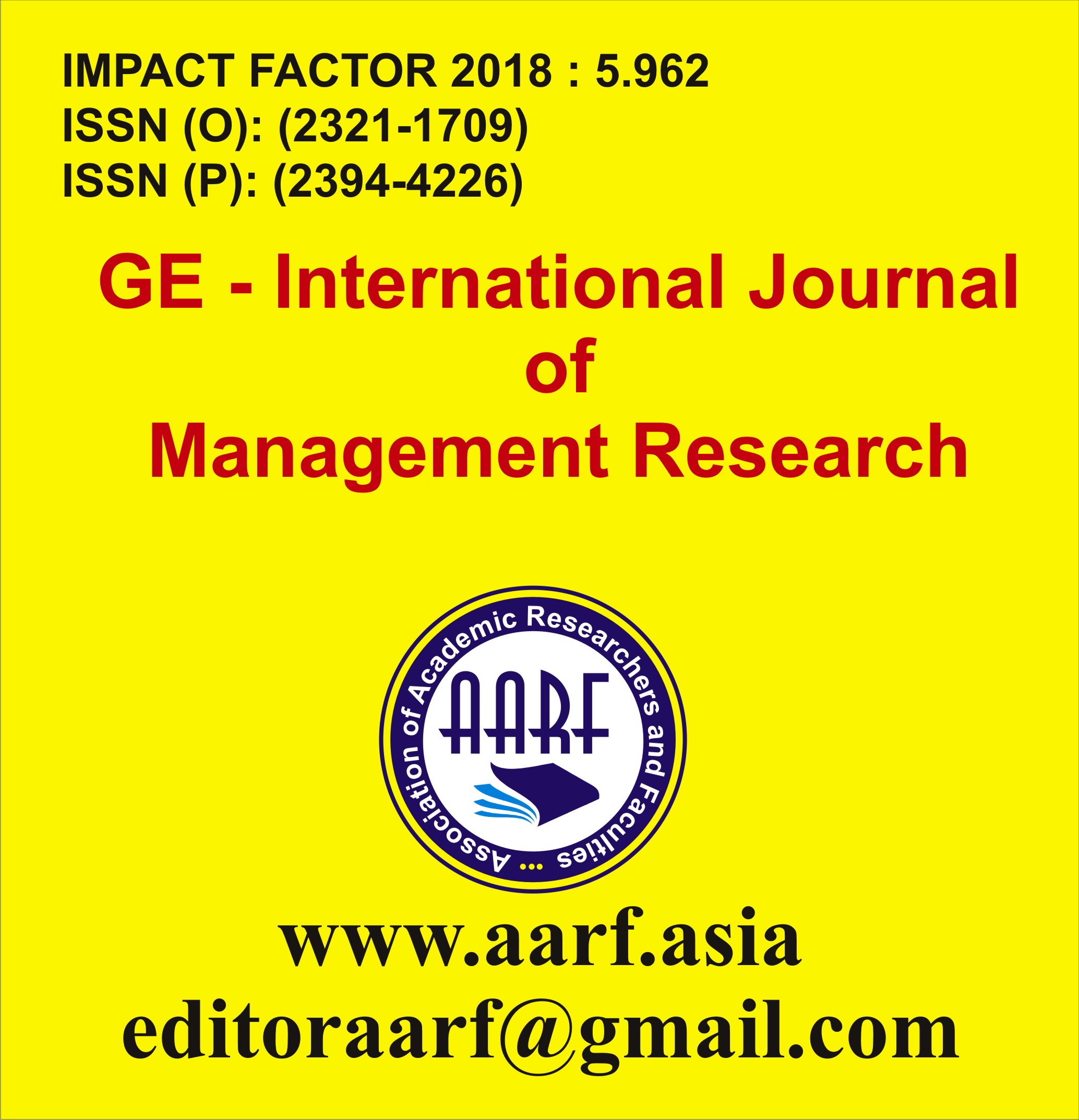
- Current Issue
- Past Issues
- Conference Proceedings
- Submit Manuscript
- Join Our Editorial Team
- Join as a Member

| S.No | Particular | Page No. | |
|---|---|---|---|
| 1 |
T. PARUSU RAMUDU DR J. MADHAVIAbstract: This study explores the application of the Flipped Classroom Model in English as a Second Language (ESL) classrooms, leveraging technology to enhance language learning experiences. The integration of digital tools and resources in a flipped learning environment aims to shift the traditional classroom dynamics, promoting student-centered instruction and fostering active engagement. The research investigates the impact of this pedagogical approach on language acquisition, student motivation, and overall learning outcomes. Through a combination of qualitative and quantitative methods, the study examines the perceptions of both educators and students, shedding light on the effectiveness and challenges associated with implementing the Flipped Classroom Model in ESL contexts |
|
1-10 |
| 2 |
श्री पूरण मल मीनाAbstract: आयुर्वेद सहित भारत की अधिकांश पारंपरिक चिकित्सा प्रणालियों की जड़ें लोक-चिकित्सा में हैं। हालाँकि आयुर्वेद अन्य प्रणालियों से अलग है, जो परिभाषित वैचारिक रूपरेखा है। यह स्वास्थ्य और रोगों के प्रति एक एकीकृत दृष्टिकोण का समर्थन करने वाली प्रथम चिकित्सा प्रणालियों में से एक थी। चरक के अनुसार आयुर्वेद का मौलिक सिद्धान्त त्रिदोष है जिस पर उसके सभी अंग आधारित है। इसके अतिरिक्त, शरीरक्रिया तथा द्रव्यगुण के संबन्ध में भी आयुर्वेद की मौलिक विचारधारा है। ये सब पुनः पंचभूतवाद पर अवलंबित हैं। वेद सभी ज्ञान का आदिस्रोत है अतः इन सिद्धान्तों का मूल भी वहीं प्रतिष्ठित है। ऋग्वेद में इन सिद्धान्तों का अत्यन्त सूक्ष्म रूप से उल्लेख है। कालक्रम से आयुर्वेद के सैद्धान्तिक पृष्ठभूमि का भी विकास हुआ जिसका निदर्शन अथर्ववेद में हुआ है। |
|
20-37 |
| 3 |
Dr. Tarit Agrawal, Kaushambi,Abstract: Kiran Desai's novels, Hullabaloo in the Guava Orchard and The Inheritance of Loss, offer poignant and often humorous explorations of India navigating the complexities of modernity. A central contradiction that emerges in her narrative world is the stark and often jarring divide between the rural and the urban. This divide is not merely geographical; it represents contrasting values, aspirations, and the uneven impact of globalization and postcolonial legacies on Indian society. Through her characters and settings, Desai masterfully portrays the tensions, misunderstandings, and the pervasive sense of displacement that arise from this fundamental dichotomy. In Hullabaloo in the Guava Orchard, the sleepy town of Shahkot embodies a traditional, rural India. Life moves at a slower pace, governed by the rhythms of nature and entrenched social customs. The aspirations of its inhabitants are largely confined to the local sphere, and their understanding of the wider world is limited. Sampath Chawla's retreat into the guava orchard symbolizes a rejection of the burgeoning modernity that is slowly creeping into Shahkot. His arboreal existence becomes a commentary on the absurdity of modern life and a yearning for a simpler, perhaps idealized, connection with nature. The "hullabaloo" that ensues around him, fueled by urban curiosity and media attention, highlights the clash between the rural idyll and the intrusive forces of modern sensationalism. The urban world, represented by the visiting crowds and the media, views Sampath's detachment as an exotic spectacle, failing to grasp his potential disillusionment with the pressures of modern expectations. |
|
38-44 |
| 4 |
SUSHMA SURESH JAJU Dr. Savita SangwanAbstract: शिशु जीवन का प्रारंभिक चरण उसके भविष्य के स्वास्थ्य और विकास की नींव होता है। जन्म के बाद पहले छह महीनों तक केवल स्तनपान शिशु के लिए सम्पूर्ण आहार है, जो सभी आवश्यक पोषण तत्व और रोग-प्रतिरोधक क्षमता प्रदान करता है। छह माह के बाद शिशु की बढ़ती पोषण आवश्यकताओं को पूरा करने के लिए पूरक आहार की शुरुआत आवश्यक है। पूरक आहार में हल्के, सुपाच्य एवं पोषण-संतुलित खाद्य जैसे दलिया, खिचड़ी, मसली हुई सब्जियाँ, फल, दाल का पानी आदि शामिल किए जाते हैं, ताकि शिशु के विकास की गति बनी रहे। स्तनपान और पूरक आहार का संतुलित और समयानुसार संयोजन शिशु के शारीरिक, मानसिक एवं सामाजिक विकास के लिए अनिवार्य है। इसके साथ ही, यह शिशु को विविध स्वाद और बनावट से परिचित कराता है, जिससे आगे चलकर खाने की अच्छी आदतें विकसित होती हैं। समय पर और उचित मात्रा में दिया गया आहार भविष्य के स्वास्थ्य के लिए मजबूत आधार तैयार करता है। इस शोध का उद्देश्य महिलाओं द्वारा अपनाए जाने वाले शिशु पालन-पोषण की विधियों का विश्लेषण एवं स्तनपान और पूरक आहार दोनों का समान रूप से महत्व बताना है। |
|
45-53 |
| 5 |
Ranjana Ajabrao Nakshine Dr. Savita SangwanAbstract: अध्ययन में यह जानने का प्रयास किया है की कार्यरत महिलाओं का पारिवारिक समायोजन है कि नही इस शोध पत्र के माध्यम से कार्यरत महिलाओं के पारीवारिक समायोजन, उनकी दोहरी भूमिका का निर्वहन व उनकी आर्थिक व सामाजिक स्थिति का अध्ययन किया जायेगा। कार्योजित महिलाओं को सामान्य कोटा प्रतिदर्शन प्रविधि के द्वारा लिया गया है। इस प्रकार अध्ययन से सम्बन्धित कुल 300 महिलाओं को अध्ययन प्रतिदर्श के रूप में सम्मिलित किया गया है। यह कहा जा सकता हैकि महिलाओं के कार्यशील जीवन का प्रभाव परिवार पर पड़ रहा है। यह बच्चों और पतियों की जिम्मेदारी भली-भाँति निभा लेती हैं परन्तु सास-ससुर से इनके सम्बन्ध में तनाव आ रहा है। आज समाज के रचनात्मक निर्माण में महिला श्रमिकों का विरोध योगदान है। सरकार द्वारा कार्यशील महिलाओं के कल्याण की विभिन्न योजनाएं तो अनेक बनाई गई, लेकिन उन पर क्रियान्वयन सही नही हो पाया है जिससे आज महिला श्रमिक सरकार की ओर निहार रही है। आज विश्व में नारी मुक्ति आंदोलन का प्रभाव क्षेत्र व्यापक हो गया है। आर्थिक दृष्टि से भी आज महिलाओं में आत्मनिर्भरता की भावना का संचार हो गया है। लेकिन भारत में स्त्रियों के भाग्य का निर्णय अभी भी उनके पति या परिवार के हाथों में होता है। कामकाजी महिलाओं की समस्या पर चर्चा करते समय उनकी घरेलू जिन्दगी भी इसके अंदर समाहित हो जाती है। |
|
54-62 |
| 6 |
Pallavi Rameshrao Deshmukh Dr. Savita SangwanAbstract: अपर्याप्त पोषण के बिना कोई व्यक्ति जीवित नहीं रह सकता। यह किसी के अस्तित्व के लिए आवश्यक है। यह सभी जीवित जीवों के लिए एक शर्त है। उसे अपने पूरे जीवनकाल में कई महत्वपूर्ण कार्य करने होते हैं। अपनी शारीरिक शक्ति, साहस और सुडौल शरीर के बिना, उसका कोई भी कार्य संभव नहीं होता। पोषण की स्थिति भारतीय महिलाओं के खराब स्वास्थ्य और पोषण को सांस्कृतिक और पारंपरिक व्यवहारों के लिए जिम्मेदार ठहराया जा सकता है। अध्ययन में पाया गया कि इस अवधि में महिलाएँ ग्रामीण क्षेत्रों में रहते हुए नियमित आहार का पालन नहीं करती थीं। यह पता लगाना कि मुंबई की महिलाओं का आहार और पोषण कैसा चल रहा है, इस अध्ययन का उद्देश्य है। इस अध्ययन में वर्णनात्मक शोध के दृष्टिकोण का उपयोग किया गया है।शोध के लिए, शहरी क्षेत्रों की पचास और ग्रामीण क्षेत्रों की पचास महिलाओं के साक्षात्कार की योजना बनाई गई। यह अध्ययन यह स्पष्ट रूप से स्पष्ट करता है कि महिलाओं का स्वास्थ्य न केवल महिलाओं और उनके परिवारों के लिए बल्कि पूरे देश की उन्नति के लिए महत्वपूर्ण है।इस प्रकार महिलाओं को नियमित रूप से अपने स्वास्थ्य और स्वास्थ्य देखभाल के कई पहलुओं, जैसे भोजन और स्वच्छता की देखभाल करने की आवश्यकता के बारे में जागरूक किया जाना चाहिए। इसके पूरा होने के बाद ही सर्वोत्तम संभव भारत की कल्पना की जा सकती है। |
|
63-71 |










